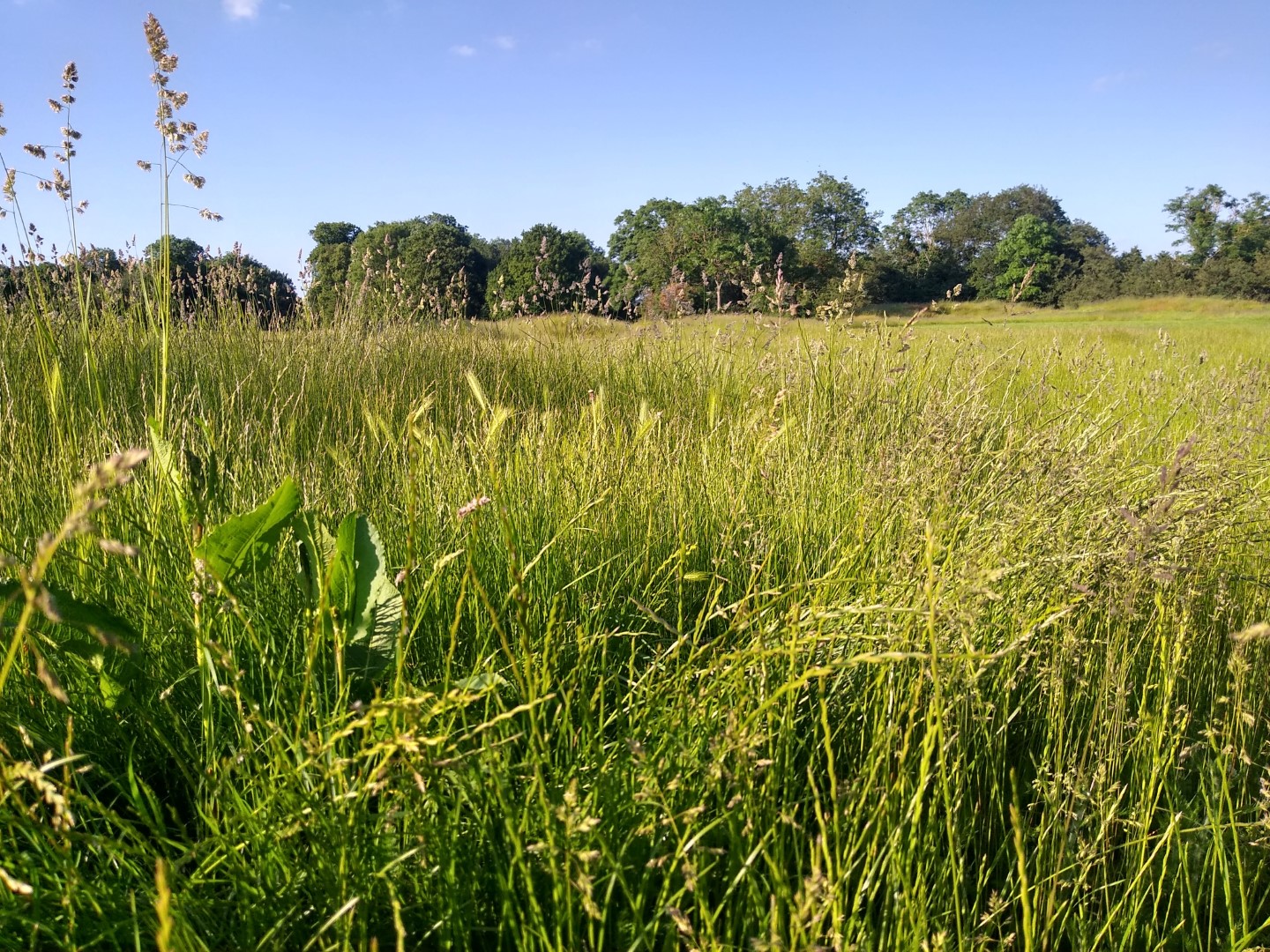This correction to the prospectus issued by their agents, Knight Frank, has been made.
The Council will consider bids that involve landscaping projects within Whitewebbs, which involves importing soil onto the land and is an approach often used for golf course developments. The wording ‘inert material’ within the marketing materials was incorrectly used and we would like to thank the individual for bringing this to our attention. The wording should have referred to ‘soil’ or ‘specified soil and aggregates’. Soil is not classified as ‘inert material’, as it contains nutrients, whilst ‘inert material’ indicates waste/landfill, which would not be permitted by the Environment Agency. Any proposed landscaping scheme will need to demonstrate that it complies with strict CL:AIRE (Contaminated Land: Applications in Real Environments) or Environment Agency permits requirements.
To clarify further, any landscaping scheme would be subject to planning approval and any granted permission is likely to be subject to conditions to mitigate any impact of the scheme. As Whitewebbs is within the greenbelt the application would need to demonstrate how the scheme will not negatively impact the local environment, including the type of materials used in a scheme and a construction management plan.
We have taken action to clarify the Council’s position, by updating and re-issuing the marking details with the more detailed specification in line with Environment Agency requirements.
It would be really helpful to have some expert views on the implications of this change.
Commercially, this could be significant for a Whitewebbs developer. Inert material is building waste that developers will pay a high price to get rid off. Landscaping with it can generate a very high income for the landscaper.
Soil, specified soil and aggregates could be a different matter. Topsoil as any gardener or farmer knows is a valuable commodity. Clean aggregates are valuable materials for construction projects, road builders and the like. Neither topsoil or clean aggregates are given away. There are many grades of soil, complex definitions of contamination and an abundance of regulations such as those alluded to in the Council’s correction. See the links below:
http://topscape.co.uk/portfolio-item/unearthing-the-truth-about-topsoil/
https://www.urbanregen.co.uk/technical/Permitting-Exemptions-WRAP-CL.AIRE-CoP.pdf
It really would be great if some knowledgeable person could provide some guidance on the implications of this correction.
I suspect that, if implemented effectively, any developer would be faced with a very high net cost for landscaping rather than a very high net profit.
Sean

I’m a bit worried as I have seen some trees in whitewebbs with blue dots on them, what does this mean as I have counted 25 oak trees with the blue dot on.